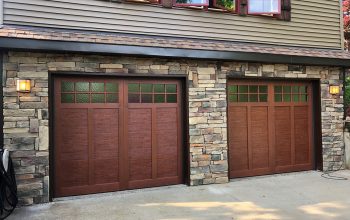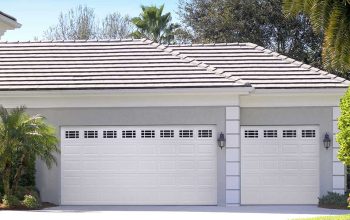Create a useful, low-maintenance, environmentally responsible, cost-effective, and aesthetically beautiful outdoor space for your house or garden. Plants should be chosen for long-lasting, healthy, and sustainable landscapes. Make unique habitats for pollinators and other creatures. You must know about some commercial landscape design.
Tricking the senses
The lines of a stroll appear to converge in a long perspective view. The more away they move, the closer they get. In any outdoor environment, this visual cue gives a sensation of depth.
In a tiny outdoor location, you may apply this method by slightly bending the lines of a path inward, making it look longer than it is. You can get the same thing from a plant bed. The goal is to tilt it in slightly so that it appears to be a natural viewpoint. You may use this technique on plant beds that surround a lawn. If the bed lines are angled inward, the lawn between them seems deeper than it is.

The unseen’s mysteries
You might utilise an ancient design approach known as ‘hide and reveal,’ makes a tiny outdoor area more intriguing or look larger. This involves partially hiding a vista or garden objects to give the sense of remoteness. A half-hidden perspective entices visitors to explore an area since the ‘mystery of the unknown’ is highly enticing.
If you just see a portion of a landscape, you will almost certainly continue forward to see what lies ahead. Planting a leafy plant in a strategic location, angling a walk or set of stairs, or placing a mounded plant bed in front of the view are all ways to hide sections of your garden. Shadows can also be used to darken an area, making it appear to fade into the distance
Lookouts that are unstoppable
One of the most interesting spots in a landscape is a viewpoint. Elevated sites, such as the top of a slope, a rock, or a bridge, might serve as a ‘prospect’ where we can pause and take in the scenery. It appears to be a common need to climb a hill and gaze down on the Commercial Landscaping In Milwaukee below from a high vantage point.
To show a view, you may need to clear an opening. Alternatively, you may need to level out a tiny space at a high point on a slope to make room for a bench. But the effort is worthwhile since a beautiful view commands our attention and ties us to our surroundings.




